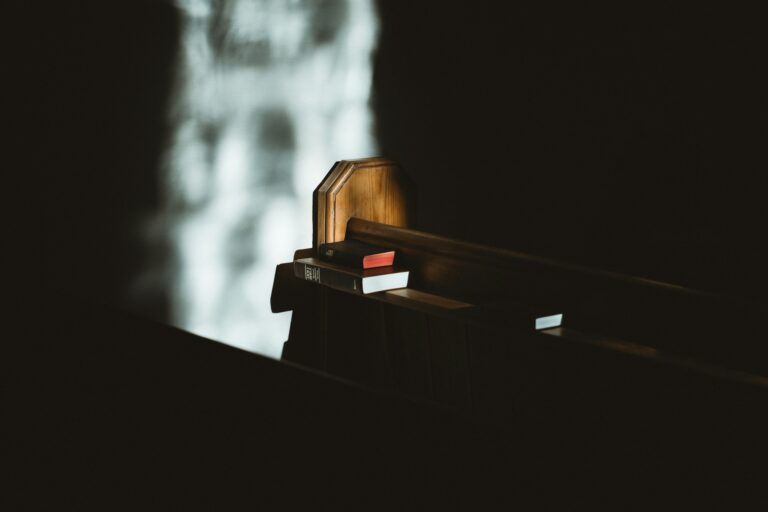This past week I had the privilege of teaching “Canadian Evangelicalism” as a class at Heritage Theological Seminary. I finished the week convinced afresh of the importance of knowing one’s immediate theological roots. I hope the students came away with this conviction as well.
The final day of the course was a church tour. In previous years when this course has been taught I have taken students to congregations and church buildings near Brantford and Simcoe (where there are a number of early nineteenth-century congregations), or Hamilton and Burlington. This year we focused on churches in the Tri-cities of Waterloo, Kitchener, and Cambridge. We toured Mennonite, Brethren, Pentecostal, and Baptist churches: quite a range.
We started the day at First Mennonite Church in Kitchener, which dates from 1813 and is the oldest Mennonite congregation in the Waterloo region. Originally known as Benjamin Eby’s Meeting House (so named after an influential Mennonite preacher of the church in the early nineteenth century), the core of the present-day building dates from 1902.
Striking were the church cemetery with graves going back well into the nineteenth century—a great reminder of the church’s spiritual heritage. It was interesting to hear of their ongoing practice of foot-washing—or hand-washing for those who are uncomfortable having their feet washed.
We then went to a small Brethren church, Bethel Chapel, that had been founded in the 1940s. The interior is typical of many Brethren churches—plain with Bible verses prominently displayed on the walls. Originally it would have had moveable rows of chairs which would have been arranged in a square around the Lord’s table for the breaking of bread service and then rearranged to face the front for the preaching service.
From there we drove to Waterloo Pentecostal Assembly (WPA) on King Street in Waterloo. The pastor, Dr Chris Padiath (his doctorate is from Southern Seminary), provided a tour of the church, which sees 700 or more attend worship week by week. I was struck by Chris’ description of the multi-ethnicity of the congregation.
The church’s roots go back directly to the 1906 Azusa Street Revival in Los Angeles. In its “June Bulletin” the church has a fabulous description of itself as “a community of believers in Jesus Christ, striving to think biblically, grow spiritually, and live missionally in everyday life.”
















